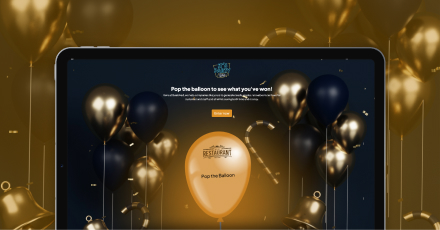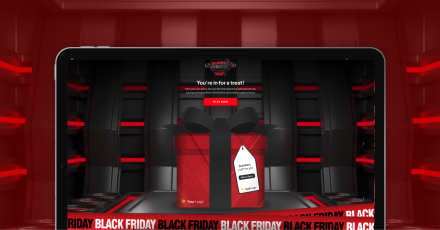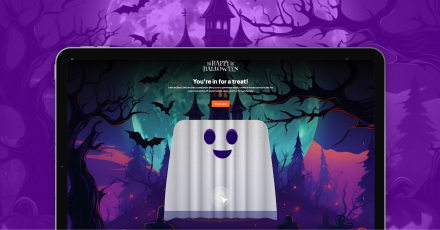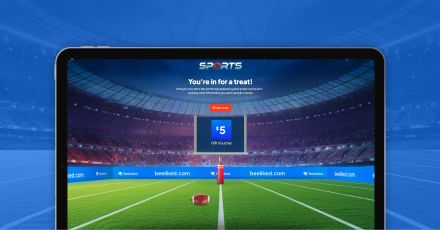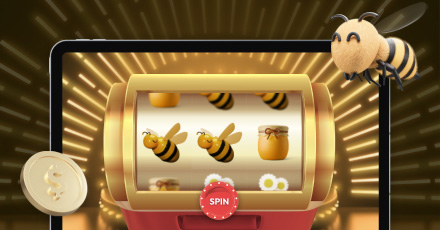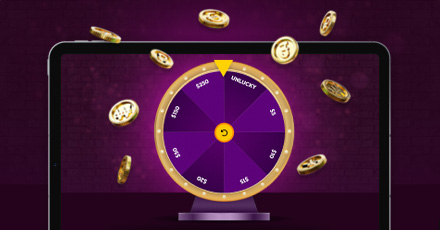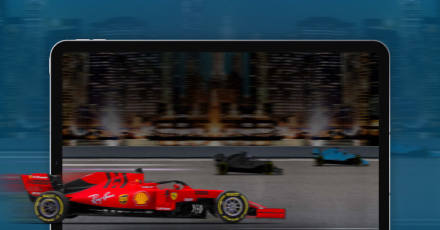With increasing competition in business, companies are placing greater emphasis on employee engagement and loyalty. A motivated, engaged workforce is key to organizational success, but achieving this isn’t always straightforward. One effective way to boost employee morale and commitment is through well-designed incentive and rewards programs. When these programs align with the needs of your employees, they can greatly enhance overall satisfaction, boost productivity, and foster loyalty, ultimately translating into long-term success for your organization.
Employee engagement requires more than keeping your workforce happy; it also demands understanding the best ways to motivate them to drive business results. According to Gallup, engaged employees are 21% more productive than those who aren’t, which boosts both profits and employee retention. The Gallup study highlighted that companies with high engagement levels experience 41% lower absenteeism. So, how do you get your employees more invested in the company’s mission and daily operations? Incentive and rewards programs are the driving force that can transform your team from simply showing up to fully showing out, driving sustained growth and success.
The Role of Incentive and Rewards Programs

Gone are the days of one-size-fits-all rewards programs. Modern incentive strategies are now highly personalized and varied, catering to the diverse preferences of today’s workforce. Whether it’s through financial incentives, experience-based rewards, or gamified recognition systems, organizations have a wide array of tools to choose from. Incentive programs offer several key benefits:
- Increased Motivation: When employees know their efforts are rewarded, they’re more likely to push themselves to perform better. The anticipation of a tangible or meaningful reward makes going the extra mile feel worthwhile.
- Enhanced Employee Retention: Loyalty programs help employees feel appreciated and part of the team. This sense of belonging reduces the likelihood of them looking for opportunities elsewhere, as they feel valued and recognized within the company.
- Improved Performance: When employees are acknowledged for their hard work, they tend to work harder and smarter. Consistent recognition encourages them to maintain or improve their performance, knowing their contributions don’t go unnoticed.
Types of Employee Loyalty Programs
A strong employee loyalty program is crucial for driving engagement and sustaining motivation, and many companies are turning to gamification as an innovative way to achieve this. A survey by TalentLMS found that 89% of employees felt more productive when their tasks were gamified, and 83% felt more motivated. BeeLiked’s gamified rewards solutions offer a fun way for businesses to design custom programs that motivate employees through exciting chance-based games. Offering unique interactive experiences allows companies to appeal to a broad audience and build excitement around participation. Here are other popular approaches to employee loyalty programs:
- Point-based programs: Employees earn points for completing specific tasks or reaching milestones, which can then be redeemed for rewards like gift cards or company-branded items.
- Milestone rewards: Recognizing work anniversaries or significant project completions helps employees feel seen and appreciated.
- Peer-to-peer recognition: Allowing employees to nominate and reward each other fosters a collaborative and supportive work environment. Studies suggest that peer recognition is often more effective than top-down rewards.
- Wellness rewards: Offering incentives tied to wellness goals, such as gym memberships or health-related challenges boosts employee well-being and reduces healthcare costs for the company.
- Custom experiences: Offering unique rewards like VIP experiences, company-sponsored trips, or opportunities for professional growth gives employees something beyond the standard perks. These personalized rewards show you’re paying attention to what matters to them, making the recognition feel more meaningful and memorable compared to traditional financial incentives.
Personalizing Rewards for Maximum Impact

Personalization is key to making employee loyalty programs a success. A generic reward program won’t have the same impact as one that is tailored to individual preferences. Employees have different motivators – some may prefer financial bonuses, while others value time off, recognition, or development opportunities. Using data-driven insights allows companies to design programs that appeal to their employees’ unique needs.
Modern loyalty software platforms, such as BeeLiked, allow for customizable experiences that track performance, and reward behavior, and adjust the incentives based on employee feedback. Some departments may prefer team-based rewards like group outings, while others might be more motivated by individual performance incentives. Tailoring your program ensures that every employee feels like their contributions are recognized in a way that resonates with them personally.
How to Implement a Successful Incentive Program
Crafting a successful incentive and rewards program requires careful planning and execution. Here are some key steps to consider:
- Define clear goals: What behaviors or outcomes are you trying to promote? Whether it’s increased productivity, higher attendance, or enhanced teamwork, your program should align with your business objectives.
- Understand your audience: Conduct surveys or hold focus groups to identify what motivates your employees. This allows you to design a program that feels personal and relevant.
- Communicate effectively: It’s essential to clearly communicate your program’s rules and rewards. Ensure employees understand what’s expected of them and how they can win rewards.
- Track performance: Use performance metrics to assess the effectiveness of your program. Regular feedback loops ensure that you can tweak and optimize the system as needed.
- Incorporate gamification: As mentioned earlier, adding game-like elements to your rewards program can enhance engagement and make participation more enjoyable.
- Offer variety: A mix of tangible rewards, recognition, and experiences keeps your program exciting and diverse. Consider a tiered system where employees can choose from different reward options based on their preferences.
- Promote fairness: Ensure that rewards are distributed fairly and transparently. Employees should feel that the system is unbiased and that everyone has a fair chance to earn rewards to build trust in the program.
How Incentive and Rewards Programs Improve Employee Retention

Retaining top talent is one of the biggest challenges organizations face today. Replacing an employee can cost as much as 0.5 to 2 times their annual salary, making employee retention a top priority. Employee loyalty programs are a proven way to increase retention by recognizing and rewarding commitment.
Employees who feel valued and appreciated are less likely to look for opportunities elsewhere. Programs that reward long-term loyalty with perks such as additional vacation days, flexible working hours, or professional development opportunities can go a long way in keeping your employees engaged and satisfied.
Time to Elevate Your Employee Engagement Strategy
Engaging and retaining your employees isn’t a challenge when you have the right tools in place. Well-crafted incentive and rewards programs will boost employee morale and create a more productive, loyal, and engaged workforce. BeeLiked offers a simple yet effective solution to incentivize and reward employees. There’s no better time to start investing in your employees. Browse our employee engagement solutions to take your employee loyalty program to the next level!
